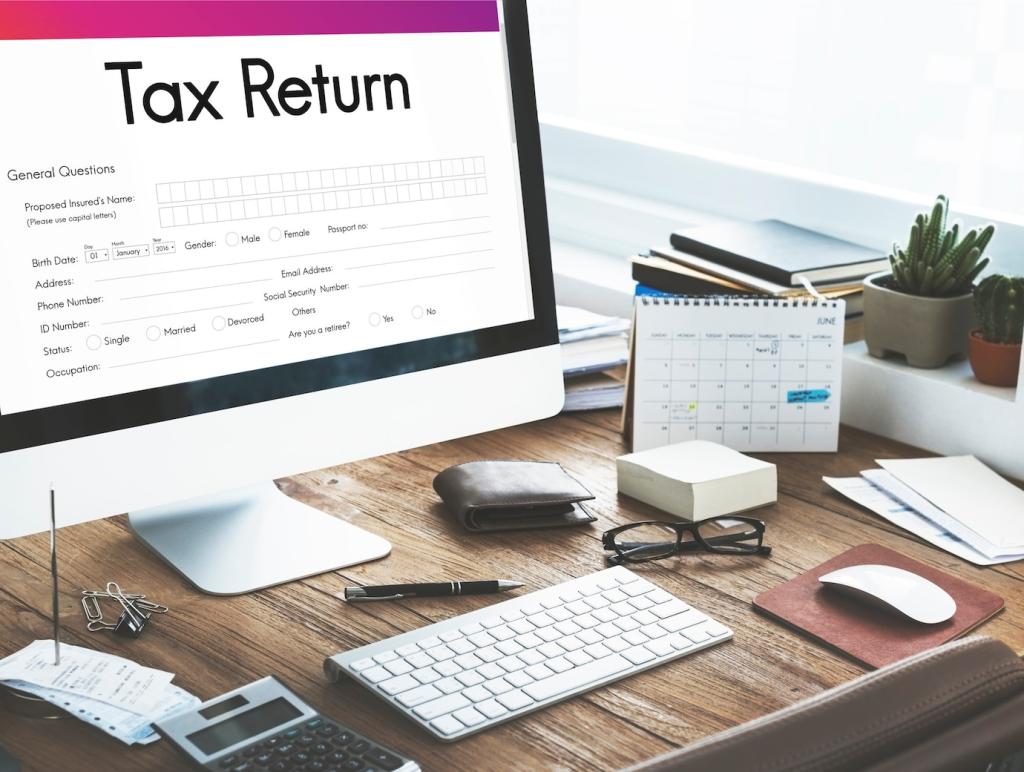
A Complete Guide to Tax Rebates for SMEs
Welcome to your friendly, plain‑English companion for navigating tax rebates with confidence. This complete guide for SMEs breaks down eligibility, paperwork, timing, and strategy—so you can unlock cash, reduce stress, and reinvest in what really matters. Dive in, ask questions, and subscribe for ongoing, practical updates tailored to small business realities.
What Tax Rebates Mean for SMEs
A rebate can return money after filing, a credit offsets tax owed, and a deduction reduces taxable income. Understanding the difference helps you forecast cash, prioritize projects, and structure records. Comment with scenarios you find confusing, and we will map them to practical examples you can reuse.
What Tax Rebates Mean for SMEs
Rebates incentivize innovation, energy efficiency, training, and regional development. When you align your activities with policy goals, you improve eligibility odds. Think of rebates as a partnership: you pursue growth, while public programs nudge direction. Tell us which programs you are exploring, and we will unpack them.
What Tax Rebates Mean for SMEs
Even modest rebates can fund hiring trials, equipment upgrades, or a prototype sprint. Over a year or two, these savings compound. Share how an extra month of runway would change your plans, and we will help translate that aspiration into a rebate‑driven budget scenario.
Eligibility Essentials: Turning Activities into Rebates
Innovation and R&D Activities That Often Qualify
Eligible R&D commonly includes resolving technical uncertainties, prototyping, iterative testing, and documenting methodical approaches. It’s broader than lab coats. If your team solved a nontrivial technical problem, you might qualify. Describe your toughest build or integration, and we will highlight documentation evidence to capture now.
Energy Efficiency and Sustainability Upgrades
Lighting retrofits, efficient HVAC, smart controls, or renewable installations can unlock rebates or incentives. Pair vendor specifications with before‑and‑after utility data to strengthen claims. If you are planning a facility upgrade, drop details about your current setup and targets, and we will outline a data checklist.
Workforce Programs: Training, Apprenticeships, and Hiring
Structured training plans, apprenticeships, and targeted hiring can qualify for incentives. Maintain curricula, attendance logs, and outcome summaries. Engage with accredited providers early. Share your skills gaps or roles you struggle to fill, and we will point to rebate‑friendly training frameworks worth adopting quickly.
Documentation that Wins: Evidence, Tracking, and Audit Calm
Track time by workstream, tag expenses to projects, and log key decisions with dates. Photographs, commit messages, and meeting notes count as evidence. Start small: a weekly twenty‑minute log review prevents chaos. Tell us your current tools, and we will propose an easy tagging system that sticks.


Documentation that Wins: Evidence, Tracking, and Audit Calm
Auditors value consistency, traceability, and reasoned methods. You do not need perfect prose, just clear links between objectives, activities, and costs. Avoid rewriting history. Instead, narrate what really happened and why. Share an anonymized snippet of your notes, and we will suggest improvements diplomatically.

Milestones That Keep You on Track
Set quarterly checkpoints: evidence tidy‑ups, eligibility reviews, and draft calculations. Two months before filing, freeze scope and finalize numbers. The week of filing, run a pre‑mortem to catch gaps. Tell us your fiscal year‑end, and we will suggest a tailored milestone plan.
Software vs. Advisors—Choosing Your Path
Self‑service tools can be cost‑effective if your records are clean and scope is straightforward. Advisors shine when complexity, novelty, or time constraints spike. Share your team’s bandwidth and claim complexity, and we will outline a decision matrix with trade‑offs you can apply immediately.
Common Filing Mistakes and How to Avoid Them
Typical errors include vague project descriptions, double‑counted costs, missing payroll evidence, and ignoring regional rules. Build a pre‑submission checklist and run it with a fresh pair of eyes. Post the mistakes you fear most, and we will craft a targeted prevention list.
Strategic Use of Rebates: Fuel for Growth
Forecasting: From Claim to Reinvestment
Model conservative, base, and optimistic scenarios for rebate amounts and processing timelines. Assign each scenario to specific uses, like prototyping, marketing tests, or debt reduction. Comment with your top three priorities, and we will suggest a scenario allocation that balances ambition and resilience.
Rebate‑Ready Projects with Measurable ROI
Pick projects that generate learning or efficiency quickly—pilot features, automation, or energy retrofits with clear baselines. Set a simple metric per project and review monthly. Tell us the metric you track most, and we will propose complementary indicators to capture broader benefits.
Risk Management: Guardrails for Uncertain Outcomes
Create a contingency plan in case timelines slip or amounts change. Keep one quarter of expected funds uncommitted until approval. If you have lenders or investors, communicate assumptions early. Share your current runway and constraints, and we will outline a pragmatic buffer strategy.
Stories from the Frontline: SMEs That Made Rebates Work
Maya’s team wrestled with a sensor calibration issue nobody had solved off‑the‑shelf. They documented trials, costs, and decision logs, then claimed R&D support. The rebate funded three more iterations, unlocking a manufacturing pilot. Comment if hardware is your world, and we will share their documentation template.
Stories from the Frontline: SMEs That Made Rebates Work
A neighborhood bakery replaced aging ovens with efficient models and smart timers, pairing invoices with utility data. An energy rebate covered part of the upgrade, trimming bills and late‑night shifts. Want the before‑and‑after tracking sheet? Say “bakery sheet,” and we will post a downloadable copy.


The 7‑Day Kickoff
Day 1: pick one eligible activity. Day 2: set tags in your tools. Day 3–5: gather invoices and time logs. Day 6: draft a one‑page summary. Day 7: review with a colleague. Comment “7‑Day” if you want a printable version.
Build Your Rebate Hub
Create a single folder for this fiscal year with subfolders for evidence, calculations, and narratives. Add a living checklist and meeting notes. Invite stakeholders. If you share your preferred platform, we will adapt the structure for Google Drive, Dropbox, or Notion.
Stay Connected and Shape the Guide
Subscribe for updates, vote on next topics, and drop anonymous questions. The best community examples will feature in future posts, with credit if you wish. Tell us the toughest part of rebates for your business, and we will prioritize a dedicated deep‑dive.
